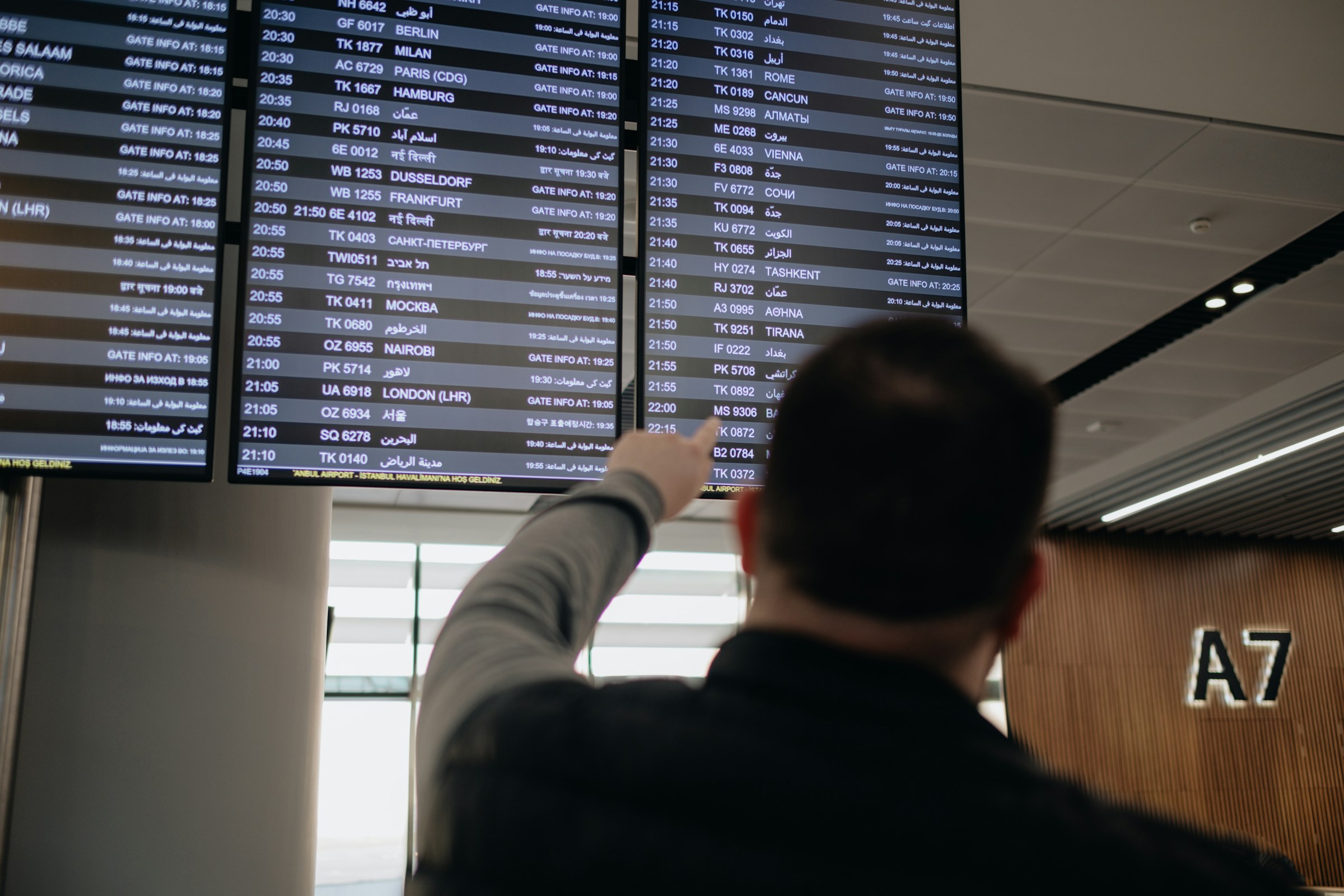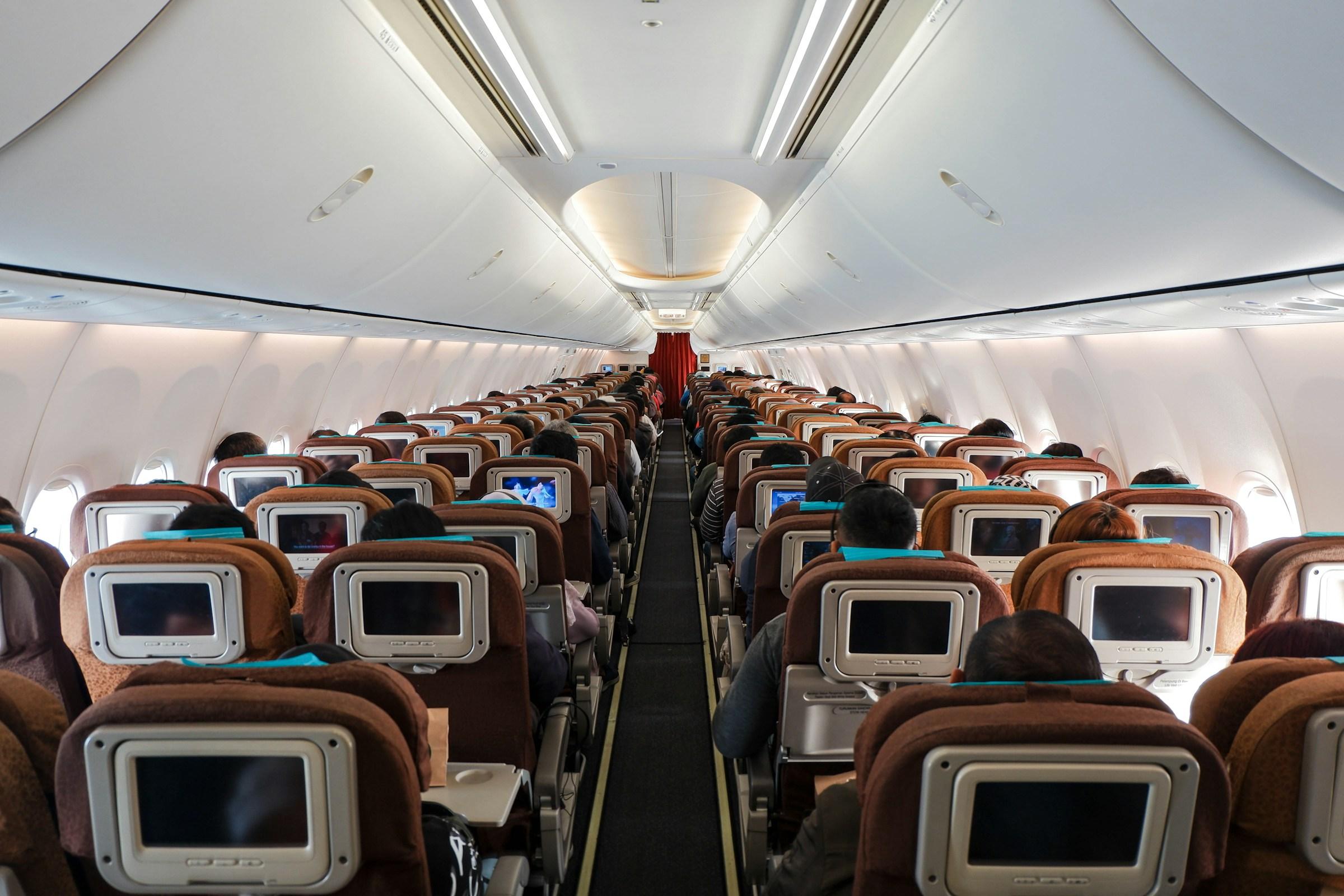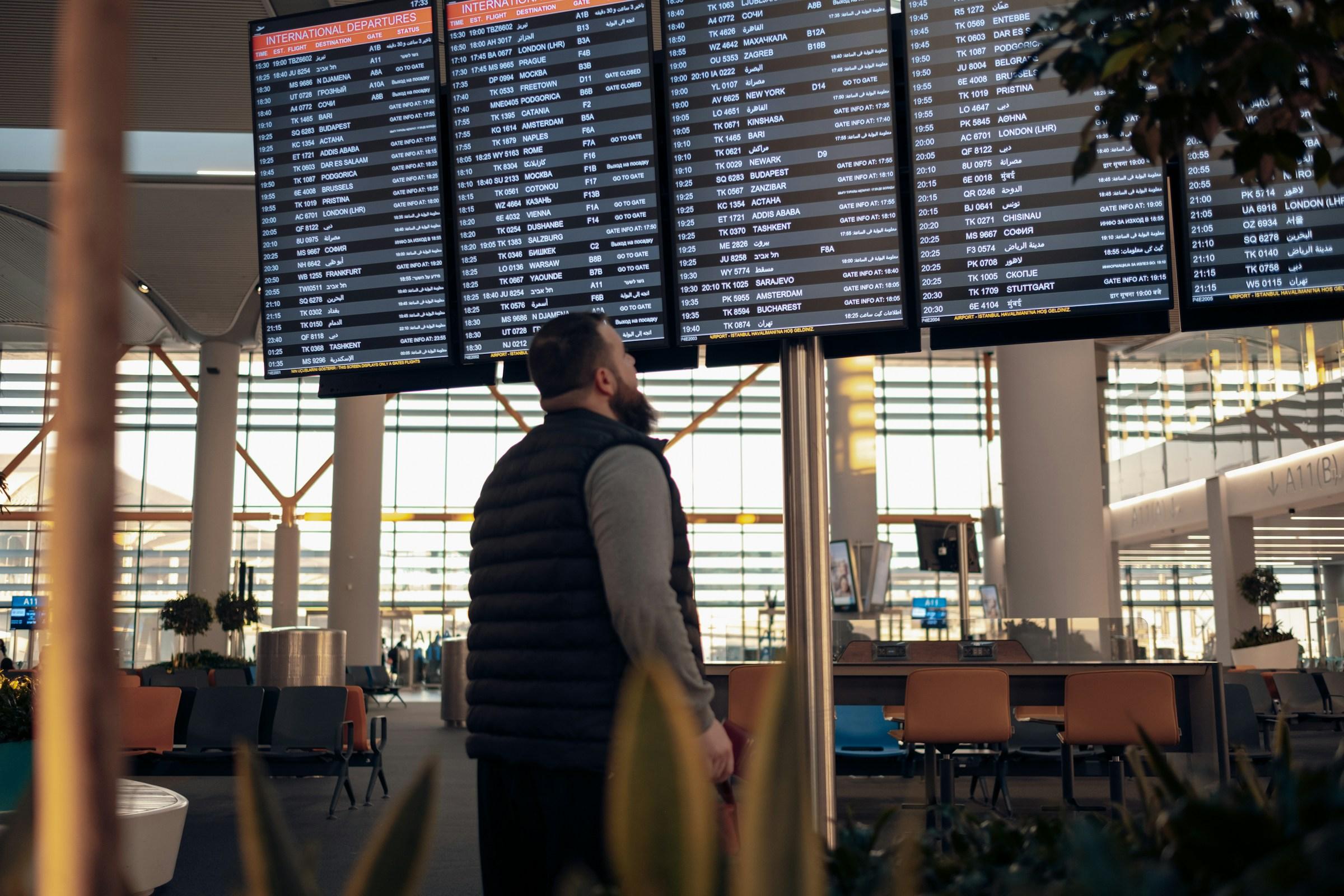What most people remember from a long delay is not the airport bench or the glowing departures board. It is the steady drift of unplanned costs. A taxi to a distant hotel. A room that costs more because it is last minute. Three meals you did not budget for. Rerouted tickets to catch up with a tour or a work meeting in another city. Trip delay cover exists to absorb that drift. It does not make the aircraft move faster, but it turns a frustrating day into a manageable money problem. When you look at it through a planning lens, the benefit is simple to describe and practical to evaluate. It is short term liquidity when time slips, paid within a defined limit, in exchange for a small premium or a credit card annual fee you may already carry.
The core promise is straightforward. If a covered delay stretches past a defined threshold, the policy reimburses reasonable additional expenses needed to keep you safe, fed, and on track. The most common trigger is a delay by a common carrier for reasons outside your control, such as severe weather, mechanical issues, or air traffic restrictions. The threshold is usually expressed in hours. Six, eight, or twelve hours are common. Some policies trigger overnight delays that push you into the next day. The benefit typically pays for meals, local transport, and lodging, and often covers small essentials if your bags are stranded. The stronger policies also cover catch up costs to rejoin a tour or cruise after a missed connection. The money is reimbursed after you submit receipts and proof of delay, though some premium cards and travel insurers process claims with partial automation that shortens the wait.
That is the surface. The deeper benefit sits inside how people actually travel. Families with children or elderly parents cannot simply sleep at the gate. A forced overnight becomes a room with adjoining beds, bottled water for medication, and food that meets dietary needs. Professionals on time bound trips have prepaid meetings and a reputation to protect. Arriving the next day has real cost. Backpackers on flexible routes might accept the delay and save the cash, but even they face meal and transfer costs when a new flight lands past midnight. Trip delay cover is a planning tool that matches these realities. It turns an unpredictable event into a known cap. If the policy pays up to a set amount per day, you know your exposure. If it pays a total amount per trip, you plan your choices inside that ceiling.
There is also coordination value. Many travelers hold overlapping protections without realizing it. A premium credit card may offer a generous delay benefit if the fare is charged to the card. An airline may provide vouchers when the delay is within its control. A stand alone policy may sit on top as secondary cover, filling gaps after other sources pay. Understanding which benefit is primary avoids duplicated claims and speeds reimbursement. The practical advantage of a clear primary benefit is that you do not need to argue with multiple parties while you are standing in a queue. You choose the nearest hotel with availability, keep every receipt, and file one claim with a policy designed to be first in line.
Coverage details matter. Policies differ on three levers that change how useful the benefit will feel in the moment. The first is the trigger time. If you take regional flights in monsoon season or through hubs known for congestion, a six hour trigger is materially more helpful than a twelve hour trigger. The second is the structure of the limit. Some policies set a per person, per day ceiling, which creates room for a proper hotel and meals if the disruption lasts more than one night. Others set one total limit for the entire delay, which demands more careful allocation. The third is the definition of acceptable expenses. The broadest language reimburses meals, lodging, local transport, toiletries, and essential medication. Narrow language may exclude ride hailing or cap meal value in a way that makes sense in one city but not in another with higher prices. Reading these three levers in advance is the difference between relief and disappointment.
There are also exclusions to respect. Delays caused by known strikes announced before you bought the policy, or by incidents that were publicized in advance, may be excluded. Missed departures due to late arrival at the airport or insufficient connection time compared to the carrier’s minimum may not be covered. Voluntary changes typically do not qualify. Weather related delays usually require evidence from the airline. The benefit is designed for events outside your control that affect the carrier’s ability to operate, not for reshuffling a personal schedule. Knowing these boundaries helps you make choices that remain inside the policy.
Where does this fit into a wider plan. A good way to decide is to think about your travel profile over the next year. If you travel with dependents, have tight work commitments, or visit places where last minute accommodation is scarce or expensive, the value rises. If your trips are flexible, you travel solo, and you are comfortable self insuring, the value falls. Seasonality matters too. Certain months raise delay risk on specific routes. A short winter connection through a snow prone hub deserves a different risk posture than a direct flight in a quieter season. Travel complexity also matters. Multi city itineraries, cruise or tour departures, and separate tickets on different carriers create more points of failure. In those cases, a benefit that covers catch up transport can save a trip that would otherwise unravel.
The claims experience is often overlooked, yet it is where the promised benefit becomes real cash back into your account. Documentation is the quiet engine. Keep boarding passes, gate change screenshots, emails from the airline, and any written delay notices. Photograph the departures board at the time the delay crosses the trigger threshold. Save every receipt, including hotel folios that show dates and taxes. Use a single payment card when possible to create a clean paper trail. File the claim promptly and respond to any requests for clarification in one batch. This is not about perfection. It is about making it easy for a claims examiner to say yes on the first review. When clients follow this rhythm, reimbursement tends to be smoother and faster, which keeps personal cash flow intact.
Credit card benefits deserve a specific note because they often provide a strong first line of defense at no incremental cost. If your card includes trip delay protection, check the requirements before you fly. Many issuers require that you pay the full fare on the card. Some accept taxes and fees charged to the card when the main ticket was purchased with points. Trigger times and limits vary widely between issuers. The practical advice is simple. If your card is primary and generous, lean on it first. If your card is secondary or limited, use a dedicated travel policy to lift the ceiling. Avoid splitting a single itinerary across different payment methods when a card requires full fare payment to qualify. These small choices made before the trip increase the chance that the coverage you expect will respond.
It is also helpful to separate trip delay cover from trip cancellation and interruption cover. Cancellation and interruption protect prepaid non refundable costs when you cancel before departure or cut a trip short. Delay cover addresses the in transit costs that appear when you are stuck between points A and B. They often sit in the same policy, but their triggers and proof requirements differ. When clients understand this distinction, they pick limits that match the right risk. A weekend city break with flexible hotel terms might not need heavy cancellation cover, but a delay benefit that pays for an unexpected hotel near the airport could still be worth it. A once in a year family tour with fixed departure windows may justify stronger limits on both fronts.
Families often ask about children and elderly parents. Most policies extend the same delay benefits per insured traveler, which means each person’s coverage cap can be used to accommodate the group. That is useful when you need two rooms or when special meals and medication are involved. It is also practical in the claim. Separate receipts and annotate who used which service. If your policy allows a companion benefit, document that the travel party remained together. The goal is not to create complexity. It is to match receipts to insured lives in a way that mirrors how the policy is written.
For expats in Singapore, Hong Kong, or the UK who travel regionally or between continents, pricing dynamics change the calculus. Airport hotels in major hubs can be costly on short notice. Night transfers across a city you do not know add safety and language considerations. Public transport may not be operating when a substitute flight lands after midnight. In these conditions, a delay benefit is less about squeezing value and more about buying back agency. You choose the safer route, the reliable hotel, and a direct ride, and you keep proof for reimbursement later. If your employer reimburses business travel, delay cover can still be useful for personal segments or for family trips that sit outside company policy.
There is also a small but meaningful psychological benefit. Having a plan changes how a delay feels. When you know your trigger time and your spend ceiling, you do not need to debate every small purchase. You make a conservative choice, rest, and keep your energy for the part of the trip that still matters. For many clients, that calm is the real product. The reimbursement is the mechanism that funds it.
If you are deciding whether to add this protection now, use three questions to guide the choice. How time sensitive is your next trip relative to your goals for being there. How expensive is an unplanned overnight at the hubs you are likely to transit. How comfortable are you fronting these costs and chasing multiple vendors if you rely only on airline goodwill. If your answers point to tight timelines, costly hubs, and low appetite for administrative work after the fact, a clear, primary trip delay benefit is a reasonable addition. If your answers point the other way, check your credit cards for existing cover and consider self insuring small risks while keeping receipts in case the airline provides vouchers.
Finally, remember that insurance is planning, not a purchase on autopilot. Limits that sounded large two years ago might not match hotel prices today. Routes and seasons change. So do personal needs. Review the trigger time, per person limits, and expense definitions before each significant trip, and align them to the itinerary at hand. If you travel rarely, a credit card benefit may be sufficient. If you travel frequently or with family, a policy with stronger daily caps and a shorter trigger may deliver more practical value than a higher total limit that never unlocks when you need it.
The benefit of trip delay insurance is not abstract. It is the quiet ability to turn an unpleasant delay into a solvable money issue, so that you can rest, regroup, and arrive with your cash flow intact. It protects the smallest but most common travel risk. Not the trip ending emergency, but the day bending disruption. Purchased thoughtfully and used with a simple documentation habit, it becomes one of those safeguards you barely think about until the day you are grateful it was there.














